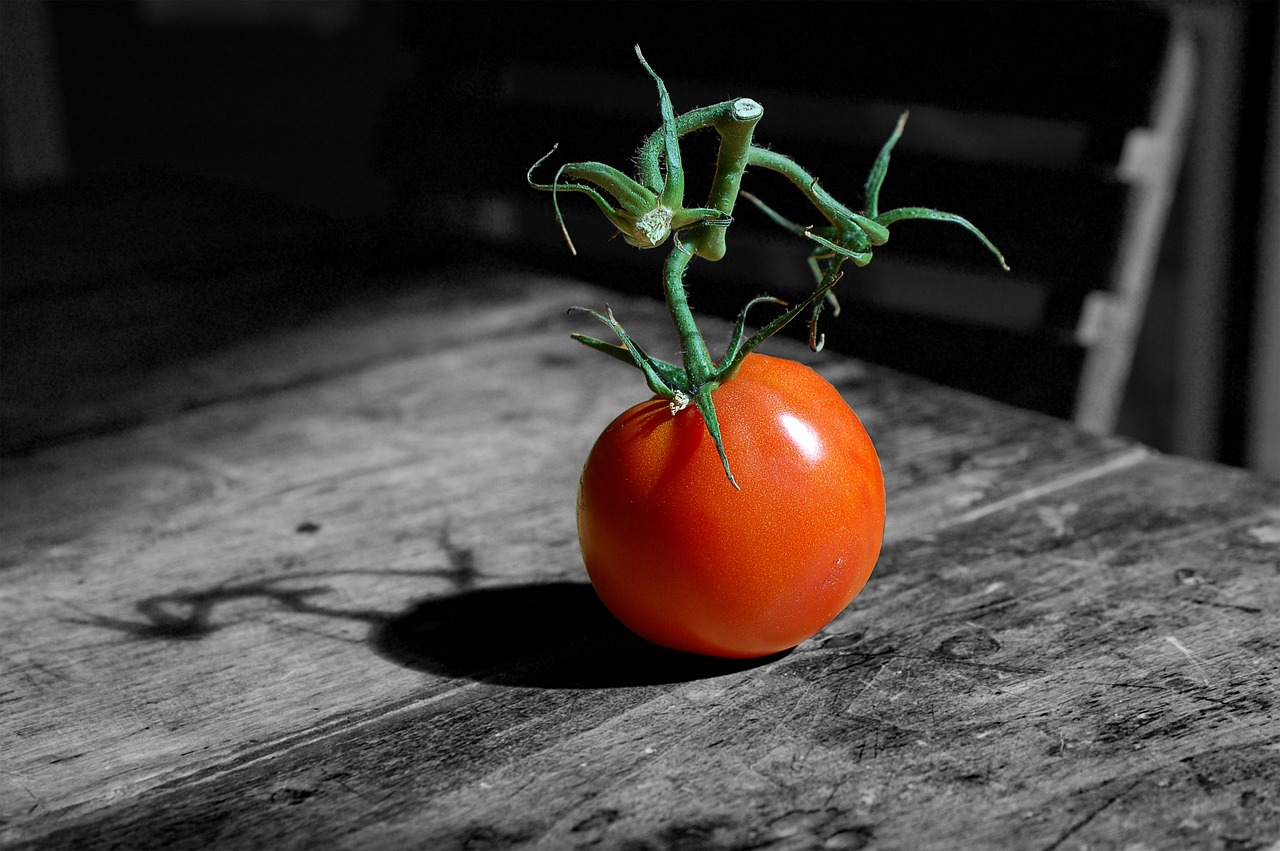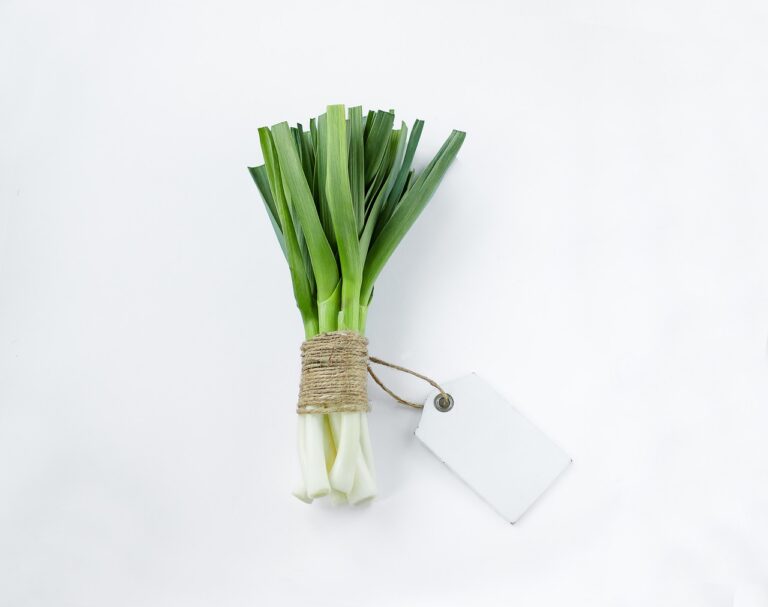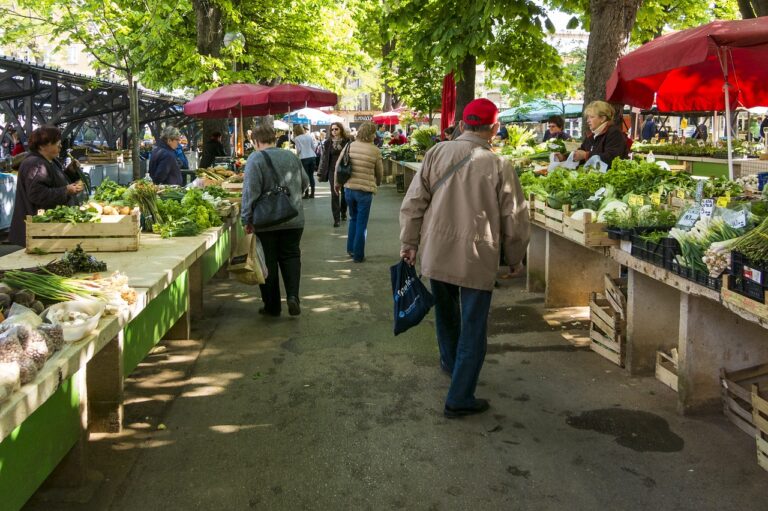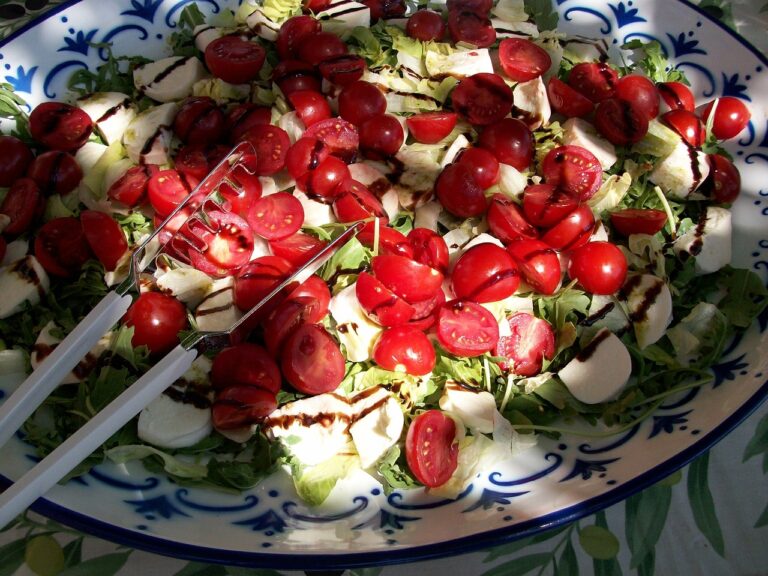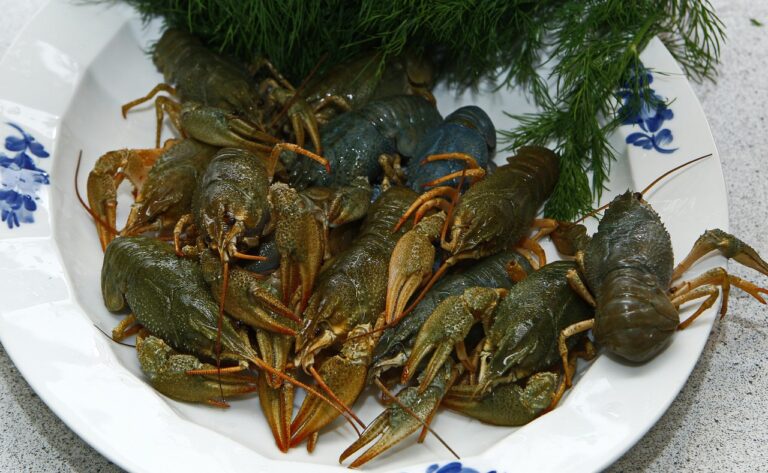The Art of Food Garnishing: Techniques for Creating Edible Works of Art
Food garnishing is the art of enhancing the visual appeal of a dish through the use of decorative elements. It involves the creative arrangement of various edible and inedible items on or around the dish to elevate its presentation. This practice not only makes the food more visually appealing but also adds an element of sophistication and elegance to the overall dining experience. Garnishes can range from simple to intricate designs, depending on the level of skill and creativity of the person preparing the dish.
By incorporating elements such as herbs, fruits, vegetables, edible flowers, sauces, or even intricate carvings, food garnishing allows for endless possibilities for culinary expression. The choice of garnish can complement the flavors of the dish, provide a pop of color, or simply add a touch of whimsy. Whether it’s a sprinkle of fresh herbs on a salad, a swirl of sauce on a dessert plate, or an elaborate fruit carving on a platter, garnishing is a versatile way to make a dish visually appealing and memorable.
Different Types of Garnishes
Garnishes play a crucial role in enhancing the visual appeal of a dish and can range from simple to intricate designs. One common type of garnish is herbs such as parsley, cilantro, or basil, which not only add a pop of color but also bring a fresh aroma to the dish. These herbs are often used as a final touch to a plate to elevate its overall presentation.
Another popular type of garnish is citrus fruits, like lemon or orange slices, which can add a burst of flavor and a vibrant touch to both savory and sweet dishes. These fruits can be creatively carved or simply placed alongside the dish to add a touch of elegance. Additionally, edible flowers such as pansies or nasturtiums are often used to decorate desserts or salads, adding a delicate and whimsical element to the presentation.

